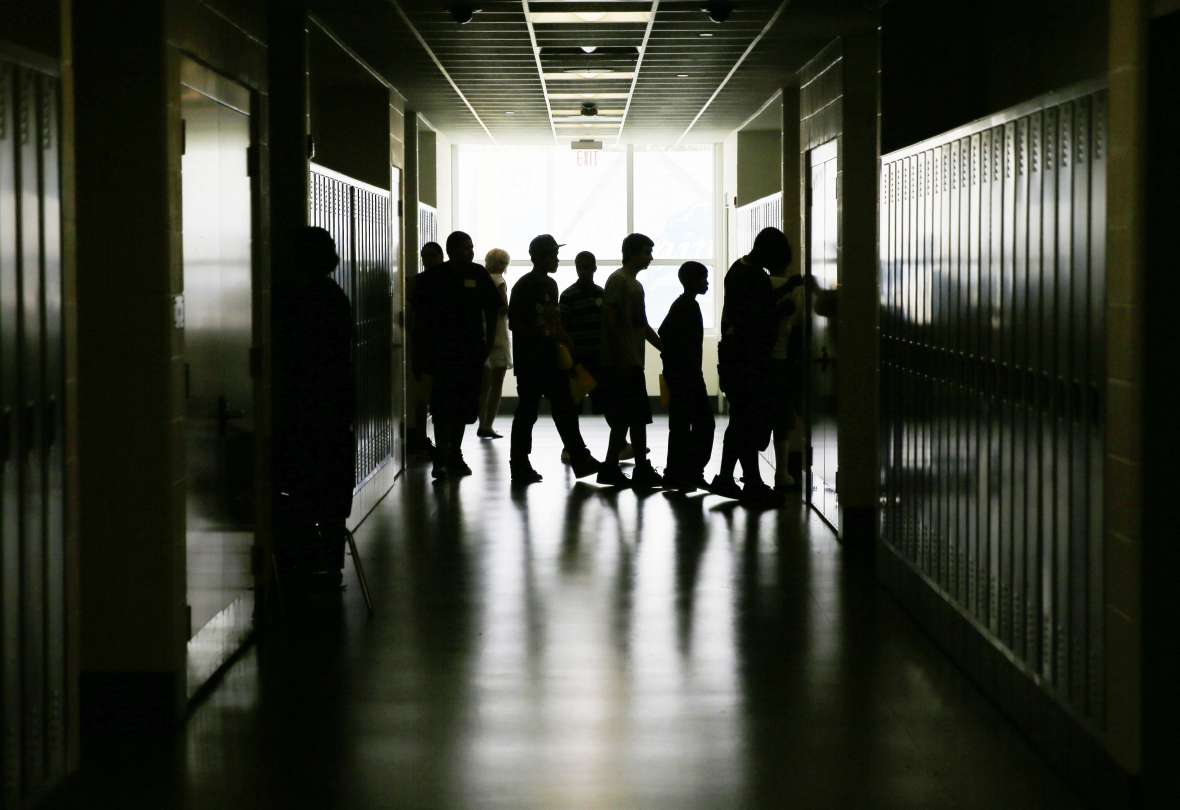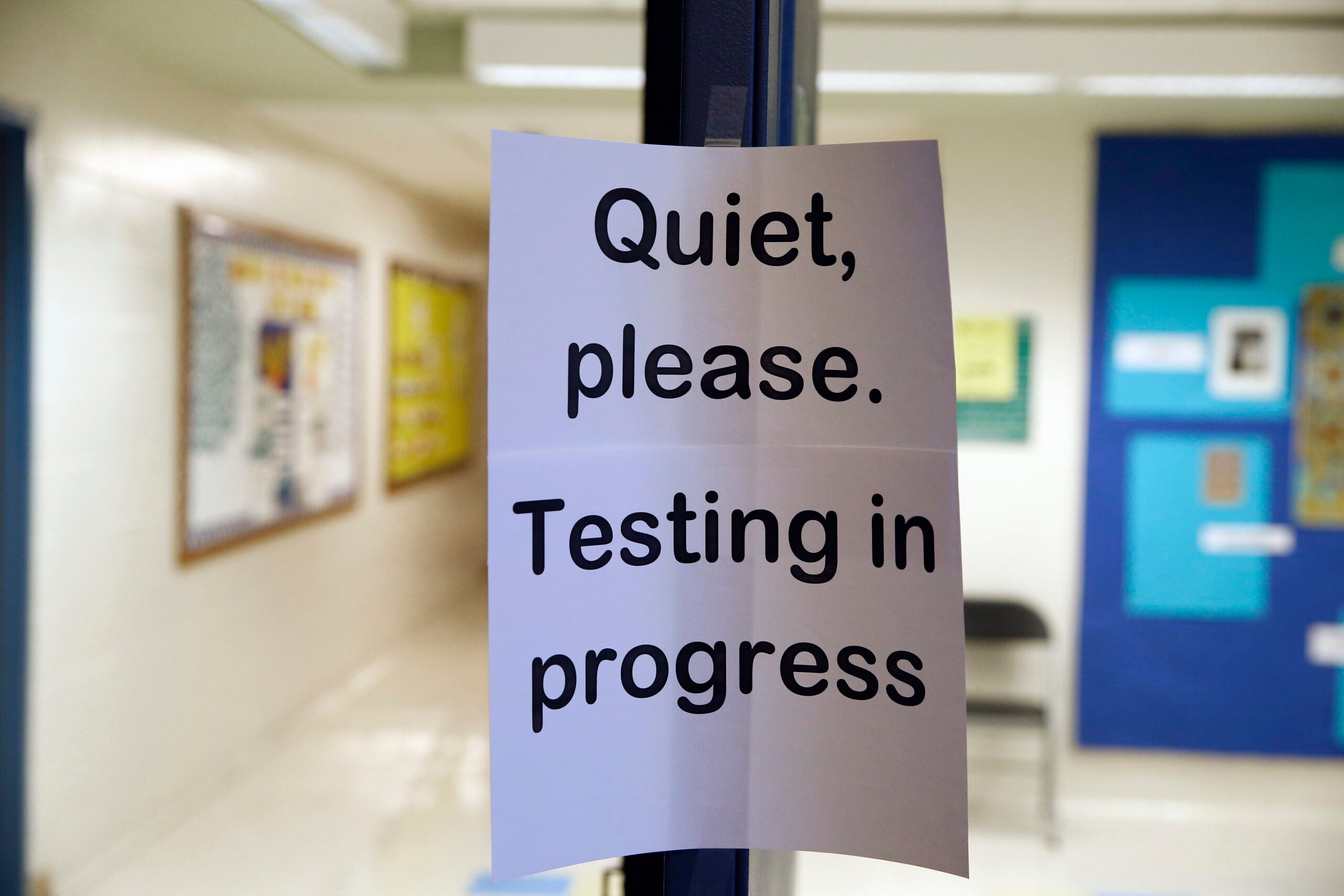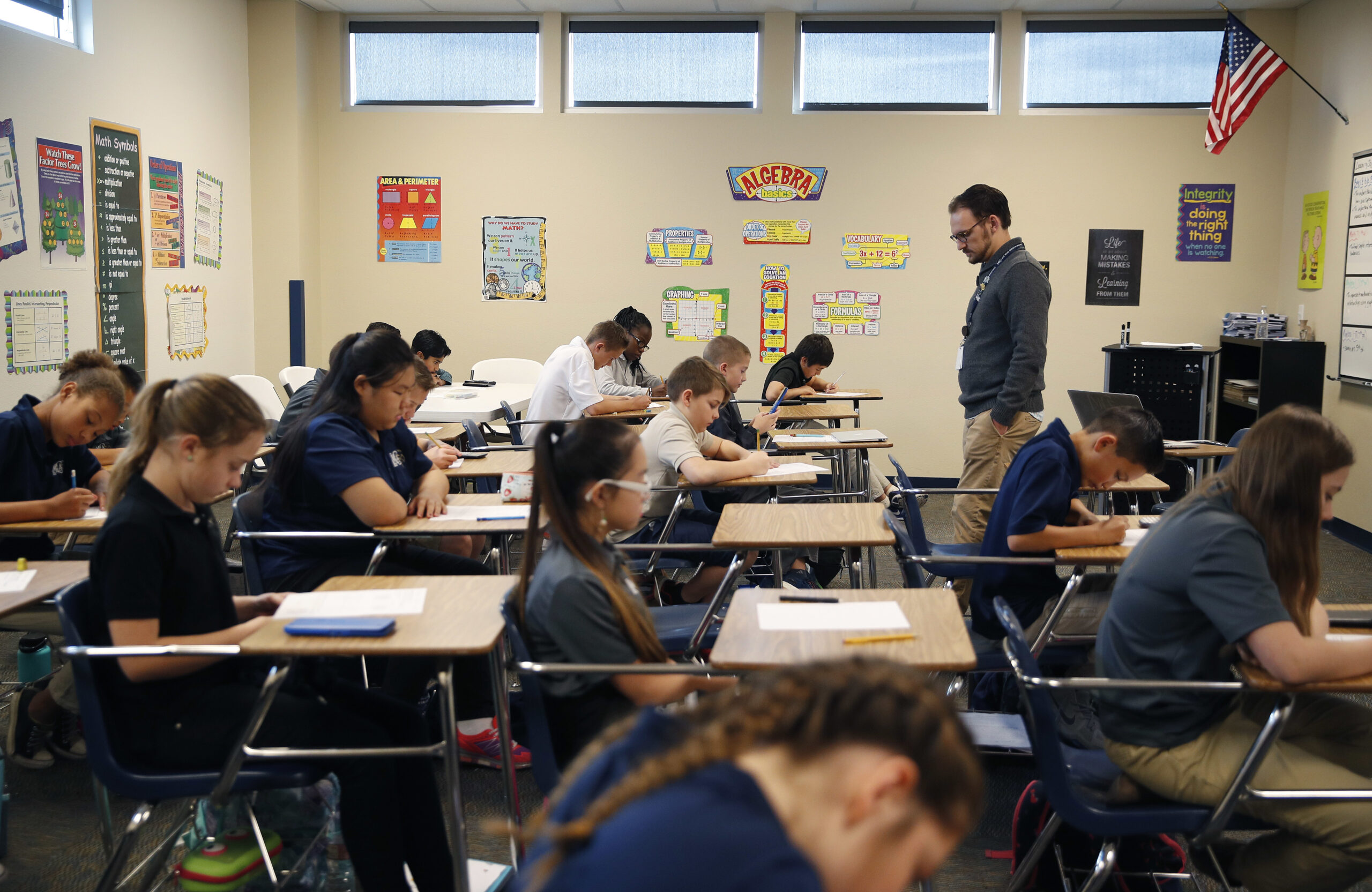Wisconsin has the widest achievement gap between black and white students of any state based on results of a test known as the nation’s report card.
The National Assessment of Educational Progress (NAEP) test results released Wednesday show no significant change from statewide results a decade ago. However, declining scores for the lowest performing students resulted in Wisconsin having the widest achievement gap of any state.
NAEP data comes from a sample of fourth and eighth grade student test scores in reading and math.
News with a little more humanity
WPR’s “Wisconsin Today” newsletter keeps you connected to the state you love without feeling overwhelmed. No paywall. No agenda. No corporate filter.
On average, black eighth grade students scored 47 points lower on the math exam than their white counterparts. Black fourth grade reading scores were 39 points lower than scores among white students.
Wisconsin Superintendent of Schools Carolyn Stanford Taylor said the achievement gap is a crisis and closing the gaps is “imperative for our state.”
Bradley Carl, an assistant scientist with the University of Wisconsin-Madison’s Wisconsin Center for Education Research, said, “This is not a new conversation by any means.”
“Unfortunately, the story is old and familiar,” Carl said. “Our black-white gaps have been among the largest in the nation for years.”
But Carl said there are other achievement gaps, like those between students living with disabilities and those without. NAEP data shows Wisconsin eighth grade reading scores for students living with disabilities averaged 48 points lower than students without disabilities.
Carl said there are efforts underway in Wisconsin to reduce achievement gaps in all categories. He said Wisconsin and other states have overhauled how teachers and principals are evaluated. Carl said there have also been efforts to enroll more kids in pre-K learning programs.
“Some districts like Milwaukee have 3-year-old kindergarten,” Carl said. “There are existing Head Start programs. I think a lot of that is just a matter of doing a better job figuring out which things are working and finding the willpower and the funding to expand those things.”
In early October, a bipartisan group of state lawmakers introduced bills to make it easier for districts to offer full-day pre-K programs by increasing per pupil funding and allowing some 3-year-olds to attend 4K.
Wisconsin’s overall scores were higher than the national averages in both grades and in both subjects.
T
T
African American students in Wisconsin in both fourth and eighth grades underperformed African American students nationally. Eighth grade students scored an average of nine fewer points on both the reading and math exams. Fourth grade students scored an average of 12 fewer points on the reading exam and an average of 15 fewer points on the math exam.
Editor’s note: This story was updated to include original reporting from Wisconsin Public Radio.
Wisconsin Public Radio, © Copyright 2026, Board of Regents of the University of Wisconsin System and Wisconsin Educational Communications Board.







